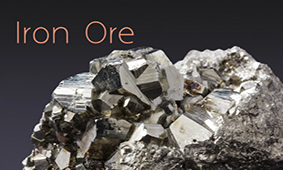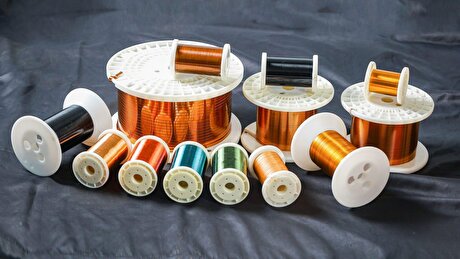
India's iron ore pellet export up on Chinese demand

The country's overall pellet exports were at 12.86mn t in 2019 compared with 8.42mn t in 2018, according to government data.
Exports to China gained by over 51pc to 9.83mn t in 2019 compared with 6.5mn t in 2018.
Sintering curbs in China through 2019 grew demand for direct-charge material such as lump and pellet. An accident at Vale's Feijao iron ore mine in Brazil on 25 January 2019 and the resultant closure of some mines also sharply reduced pellet availability globally, and bolstered demand for Indian pellet.
Oman was the second largest importer of Indian pellet at 744,630t in 2019, while it had not imported any Indian pellet in 2018. A squeeze in steel margins and tightness in Vale's supplies may have prompted Oman-based mills to use Indian pellet, cutting back on their use of high-grade direct-reduced iron pellet.
South Korea, Turkey and Malaysia were other major pellet importers for India.
India's exports of iron ore fines and lump increased by over 86pc in 2019 to 18.35mn t from 9.86mn t in 2018. China's import of Indian ores more than doubled to 15.75mn t from 7.67mn t in 2018.
China stepped up purchases of low-grade Indian fines, largely from India's east coast, to control costs amid shrinking profitability.
Japan lifted Indian iron ore imports by 19pc to 1.77mn t, and South Korea stepped up imports by 97pc to 587,000t.
Japan and South Korea have government contracts with India for the supply of state-controlled NMDC's high-grade fines and lump. No other Indian producer exports high and medium-grade ores because of a 30pc export duty on ore grades above 58pc Fe. NMDC is charged a concessional 10pc export duty for its shipments to Korea and Japan.
By Prasenjit Bhattacharya


Trump weighs using $2 billion in CHIPS Act funding for critical minerals

Codelco cuts 2025 copper forecast after El Teniente mine collapse

Electra converts debt, launches $30M raise to jumpstart stalled cobalt refinery

Abcourt readies Sleeping Giant mill to pour first gold since 2014

Barrick’s Reko Diq in line for $410M ADB backing

Nevada army depot to serve as base for first US strategic minerals stockpile

Tailings could meet much of US critical mineral demand – study

Viridis unveils 200Mt initial reserve for Brazil rare earth project

SQM boosts lithium supply plans as prices flick higher

Energy Fuels soars on Vulcan Elements partnership

Northern Dynasty sticks to proposal in battle to lift Pebble mine veto

Giustra-backed mining firm teams up with informal miners in Colombia

Critical Metals signs agreement to supply rare earth to US government-funded facility

China extends rare earth controls to imported material

Galan Lithium proceeds with $13M financing for Argentina project

Silver price touches $39 as market weighs rate cut outlook

First Quantum drops plan to sell stakes in Zambia copper mines

Ivanhoe advances Kamoa dewatering plan, plans forecasts

Texas factory gives Chinese copper firm an edge in tariff war

Energy Fuels soars on Vulcan Elements partnership

Northern Dynasty sticks to proposal in battle to lift Pebble mine veto

Giustra-backed mining firm teams up with informal miners in Colombia

Critical Metals signs agreement to supply rare earth to US government-funded facility

China extends rare earth controls to imported material

Galan Lithium proceeds with $13M financing for Argentina project

Silver price touches $39 as market weighs rate cut outlook

First Quantum drops plan to sell stakes in Zambia copper mines

Ivanhoe advances Kamoa dewatering plan, plans forecasts

















